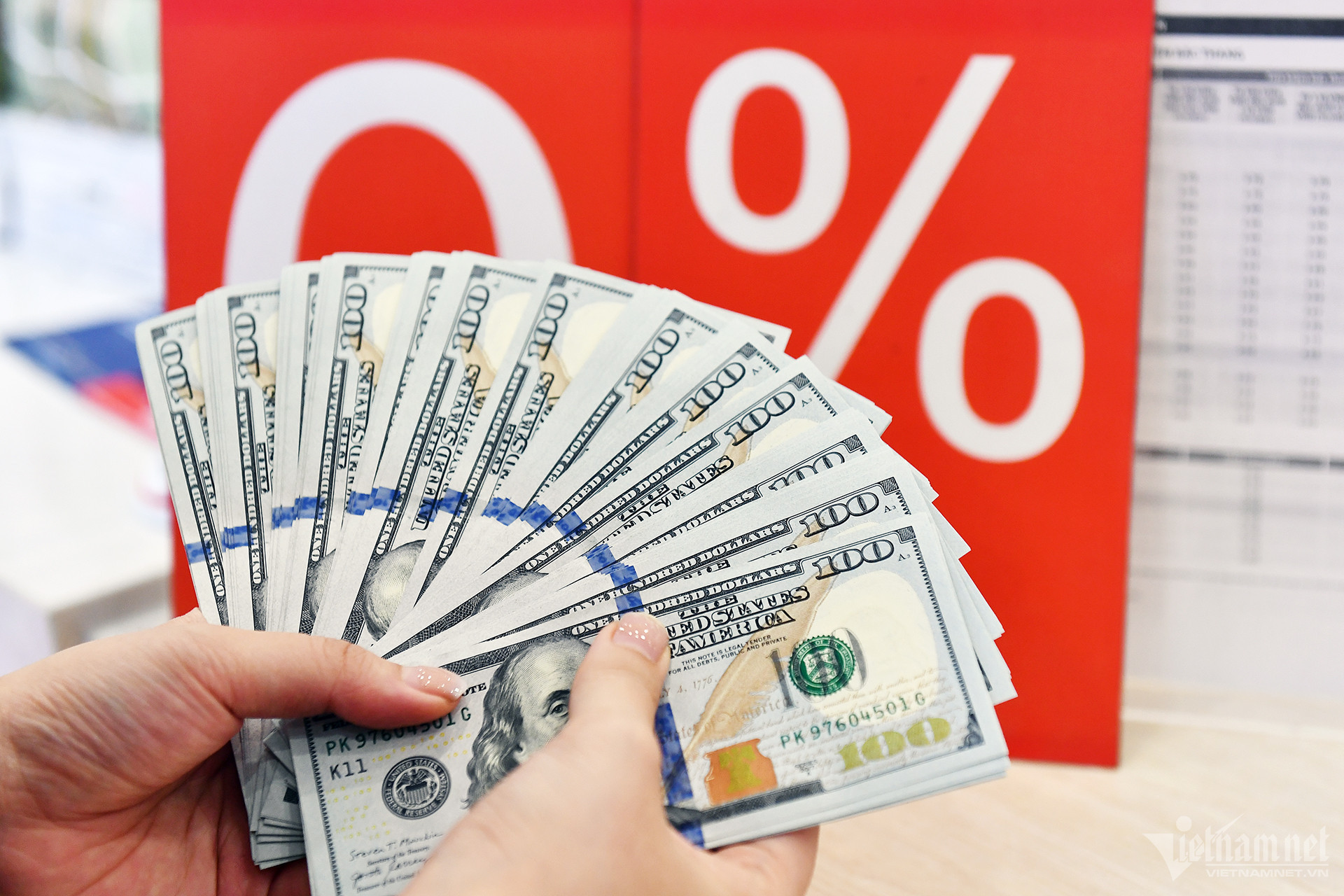What will drive the US dollar in coming weeks?
The outlook for the US dollar in coming weeks and months seemingly depends on the outcomes of three particular uncertainties.

The first is whether much lower growth or much higher inflation will be the legacy of the current policy setting. The second is whether President Trump’s budget – his one big, beautiful bill – is passed. And the third is the landing point for tariffs. The problem, as we see it for the US dollar, is that all these outcomes could prove negative.
Take the growth/inflation trade off. Perhaps what is most likely is that we see some modest slowing of growth, as we’ve already seen, and some modest rise in inflation, which we have not seen as yet. If the extent of the growth slowdown and inflation rise is modest, the US dollar might just escape unscathed. But just consider what could happen if growth craters or inflation surges. A cratering of growth would force the Fed to ease, and possibly quite rapidly. Inflation may be slightly elevated right now but there is little doubt that the Fed will prioritize the employment side of its mandate if the unemployment rate surges towards 5% or more.
How would this scenario impact the US dollar? Steven Barrow, Head of Standard Bank G10 Strategy, thinks it would do so in a negative fashion. But so too would a surge in inflation that forces the Fed to hike again. It would do so because treasuries are already on edge and a hike in short rates would not only lift yields but we’d probably see budget concerns escalate as the interest bill on the deficit increases.
Ordinarily, this situation could increase financial market anxiety and lift the US dollar by virtue of its safe-asset status. But, of course, things have been far from ordinary this year with the US dollar falling in spite of the heightened risk aversion that we saw around Trump’s liberation day in early April. Hence, if US inflation surges and the Fed is forced to hike rates, the US dollar will fall, not rise and may, indeed, do so quite precipitously.
Coming onto the second key issue that lies ahead – the Administration’s budget – Steven Barrow also thinks that any outcome will prove negative for the US dollar. The first possibility is that the budget is passed. But that would raise deficit concerns given that it is estimated that it will add some USD2.3tr to debt over the coming decade. The hit to the US dollar could be all the more significant if the bill includes a provision that allows the US to increase taxes on the earnings of investors in the US whose governments do not act in a way that the Administration likes.
Does this mean that the best hope for the US dollar is that the budget fails? Not necessarily. For a start, that could mean big tax hikes at the end of the year that would crater the economy. And then, of course, there is the issue that budget failure could lead to genuine concern that an increase in the debt ceiling won’t be forthcoming or, more likely, will occur but in a way that really tests the staying power of investors in US assets and the dollar. So, here too, there seems no good outcome for the dollar.
The third issue is tariffs. These could either remain broadly in place at current levels, with perhaps extra tariffs added in certain industries, like pharmaceuticals, or be mostly removed. Now we know that tariffs to date have not been kind to the dollar. Hence the persistence of tariffs, with additional duties on some products, would not be good for the greenback in our view. But does it follow that tariff removal would lift the US dollar? It might, except we also have to bear in mind the significant revenues that the Administration hopes to generate from the US tariffs; revenues that could be crucial if the current budget bill goes through. In short, we are not at all convinced that removing, or dramatically reducing, the tariffs would guarantee a strong recovery for the US dollar.
“It looks as if all roads are leading to more dollar weakness. What could turn things around? Perhaps a crisis situation that is so severe that it leads to a dollar shortage, similar to that seen in the global financial crisis. But, even here, the effective supply of dollars through central bank swaps seems to have eradicated this source of US dollar support”, said Steven Barrow.








